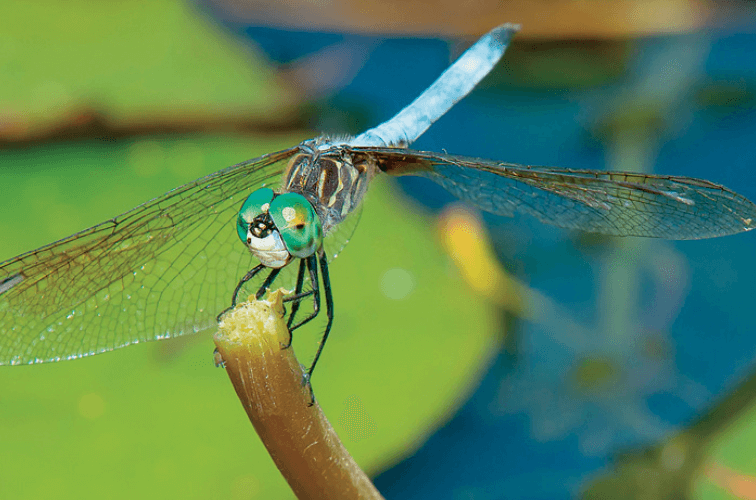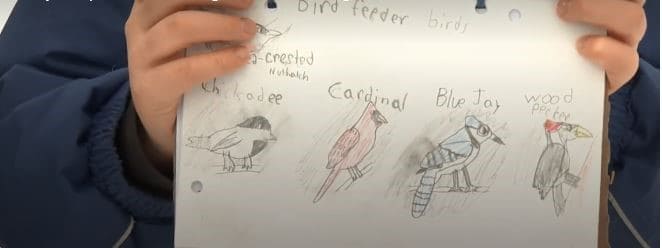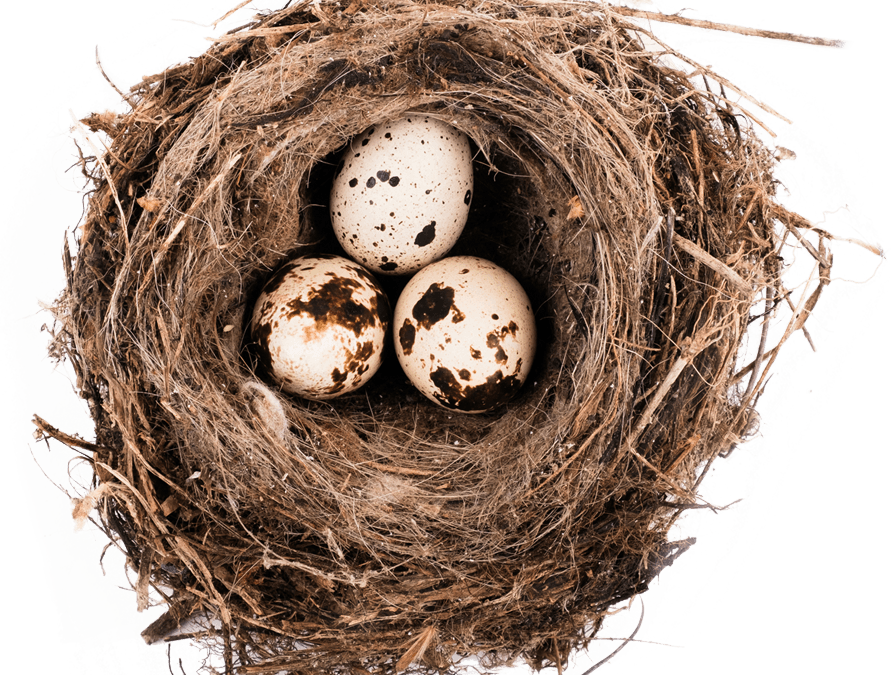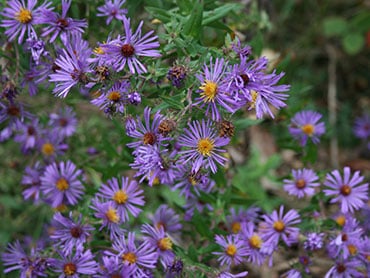
Ever think about what lives in the slime and the ooze of your nearby pond? It may seem like there isn’t a lot going on down in that muddy underworld — just some mud, plants and a few frogs. But you’d be surprised!

A nature journal is simply a place for capturing your words and sketches; it’s a spot to record your observations, feelings, and thoughts about an aspect of the natural world that has caught your attention.

At first blush, making a bird’s nest doesn’t seem that remarkable. But if you think about it, birds do have a handicap when it comes to building something. They don’t have hands! So they need to use their beaks and feet. Imagine making a nest using only your mouth and toes. And yet the nests that birds – such as warblers, orioles and finches – create from a few bits of grass, bark, twigs, and mud are truly wondrous examples of natural architecture. It is worthwhile to remind ourselves that humans aren’t the only builders on this planet!

Animals take on the form and shape of something else to conceal their true selves. Crab spiders imitate bird poop, while Polyphemus moths mimic predators’ eyes when they flash their hind wings to reveal an oval shape reminiscent of an owl’s eyes. There are thousands of ways insects, birds, and mammals imitate other things in order to hide and deceive. Their survival depends on having a convincing disguise!

After the greys, whites, and browns of the winter season, our eyes become hungry for the vibrant colours of spring. From pale violets, butter yellows, and glorious pinks to the many intense shades of green—spring is a feast for the eyes! You can capture some of this beauty by gently pounding coloured flowers and plants onto either paper or light-coloured cloth (e.g., T-shirts or handkerchiefs) to release their natural dyes.






